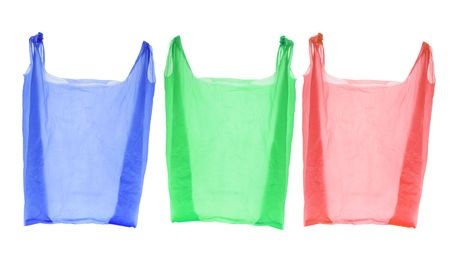- Events
- >
- Single Events
Veeshna Polypack Pvt Ltd
- Our manufacturing facility is located at 300 KM from India’s biggest port Mundra in growing state of Gujarat, India. With Products that are well recognized for Packaging high valued goods of our customers and its specific application are in vast industries like chemical, agriculture ,consumer goods, automobile, food packaging & processing, Textile, Machineries, Cement, Food Grains, Flour, Sugar, Frozen Food, pharmaceuticals and many more for both internal and external applications of packaging. Our Stretch Films are used in various wrapping & lamination applications as well. MISSION “To meet our clients” packaging needs by providing Innovative, Productive, Cost-effective, Optimized, and Eco-friendly packaging solutions, continually adding value to their business.
Inquiry Now

Celebrating the Differences (and Similarities) of LDPE and HDPE
Produced through free-radical polymerization, LDPE has the most long- and short-chain branching of any form of PE, resulting in its lower density. The branching keeps the molecular chains from packing tightly in its crystaline form, so LDPE has less tensile strength but greater ductility. That exceptional “formability” makes LDPE particularly useful for a range of applications, from rigid products like plastic bottles, buckets and bowls to filmy ones like plastic grocery bags and plastic cling-wrap. Did you have cereal for breakfast? The lining of the milk carton and the plastic bag inside the cereal box were likely made with LDPE. On the opposite side of the polymer chain, we have HDPE, which is characterized by minimal branching of the polymer chain. Less branching means those nicely linear molecules pack together well during crystallization, making HDPE much denser and rigid. That added tensile strength means HDPE is the PE of choice for applications that require a bit more “backbone,” such as milk and detergent jugs, garbage cans, water pipes and children’s toys. It’s also one of the reasons why HDPE has largely replaced cardboard as the tube material of choice in making fireworks. An HDPE tube is less prone to shattering if a firework malfunctions, and once the boom inside the tube is exhausted, the HDPE tube is recyclable.
